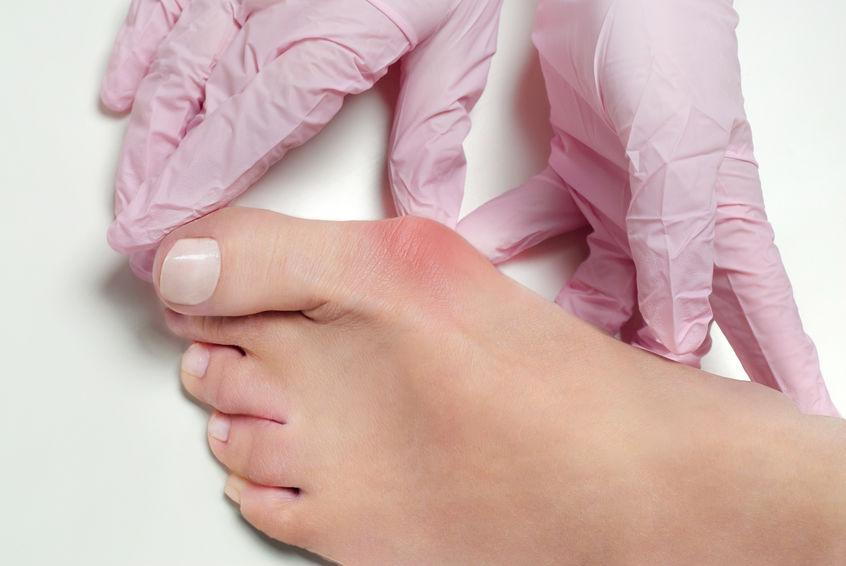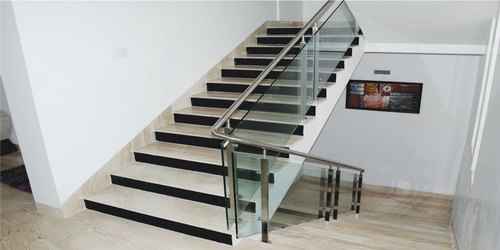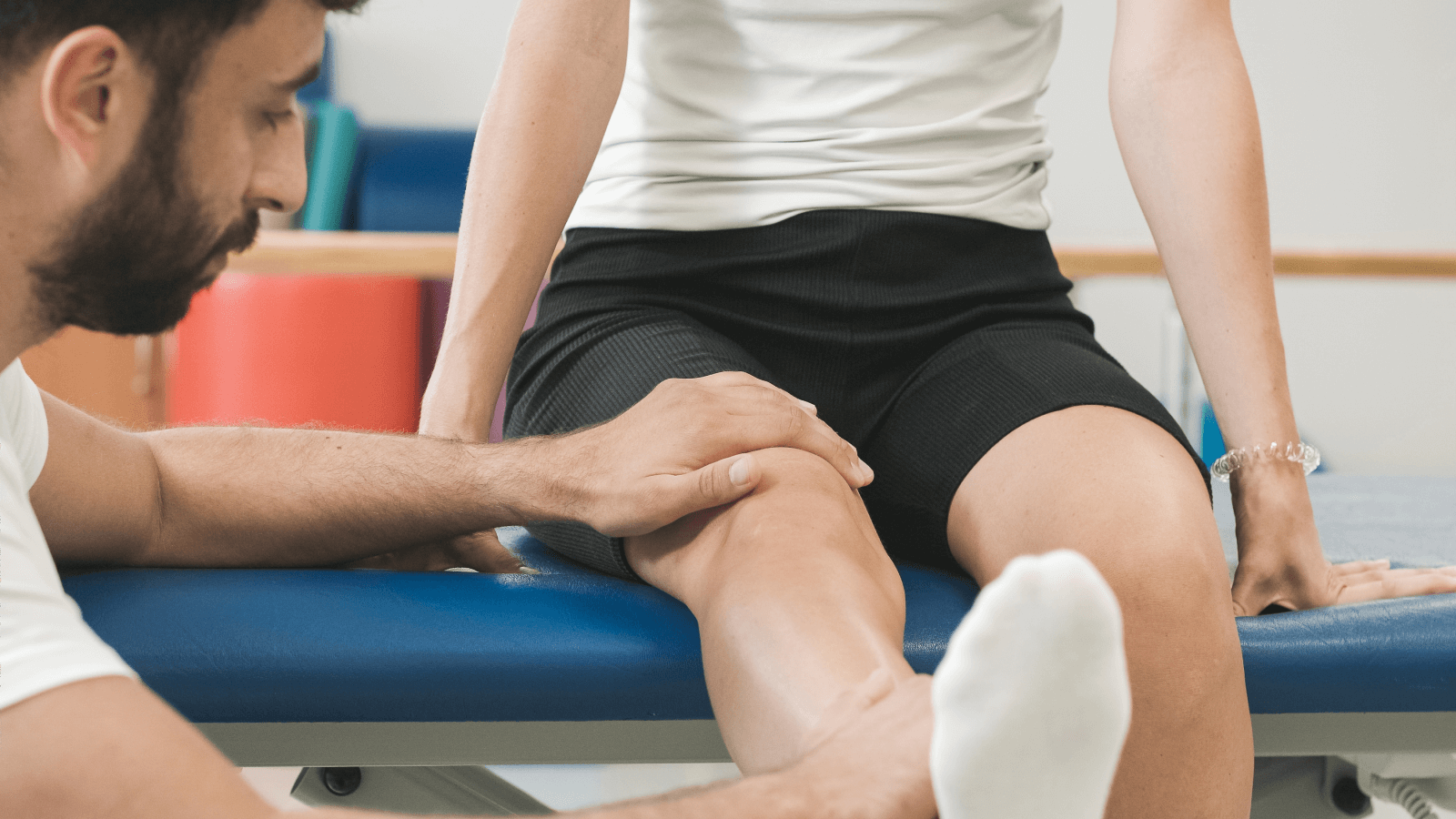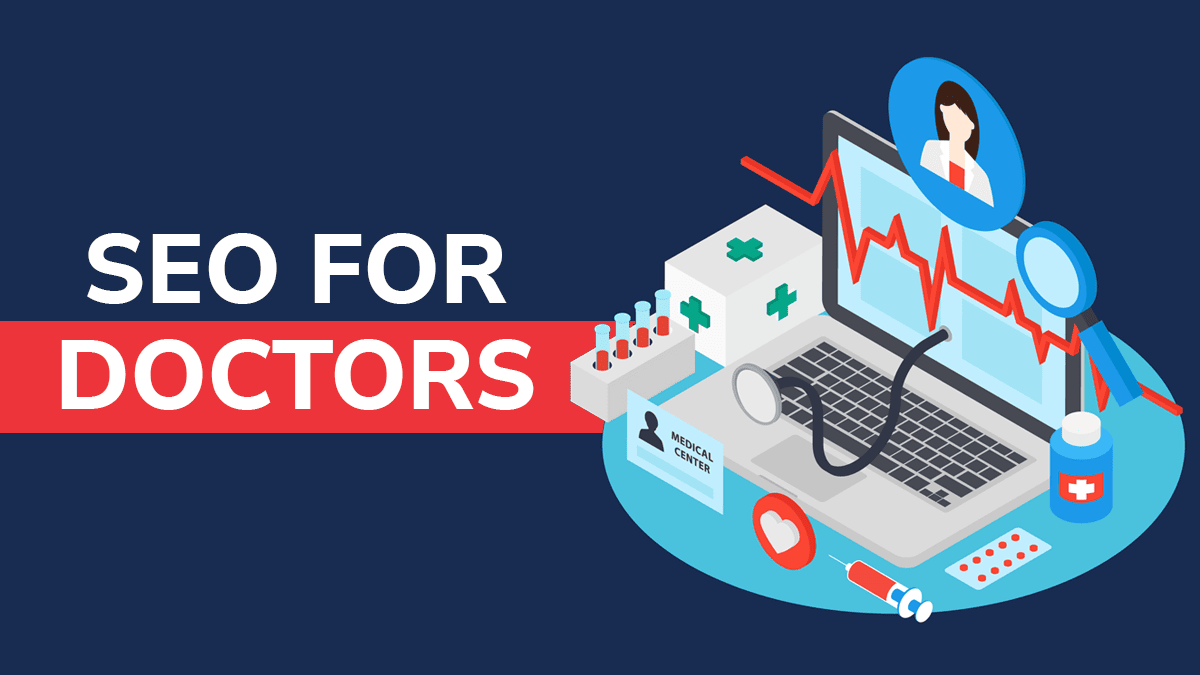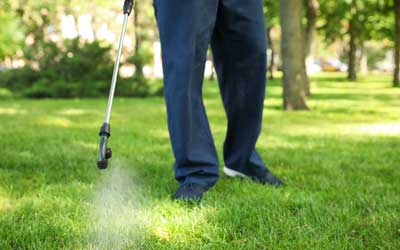
Pests are a common problem that many homeowners face. Whether it's ants, roaches, spiders, or rodents, these unwelcome guests can be a nuisance and a health hazard. If you're dealing with a pest infestation, you might be considering hiring a pest control company to help. When looking for a pest control provider, opting for a green pest control company can offer numerous advantages for your home and family.
Environmentally Friendly Solutions
Green pest control companies use environmentally friendly products and methods to control and eliminate pests. These methods are designed to be safe for the environment, your family, and your pets. By choosing a green pest control company, you can rest assured that the products used in your home are not harmful to the ecosystem.
Benefits of environmentally friendly pest control solutions include:
- Reduced chemical exposure for you and your family
- Protection of beneficial insects and wildlife
- Less pollution of air, soil, and water sources
- Safer products for indoor use
Healthier Living Environment
Traditional pest control products often contain harsh chemicals that can linger in your home long after the treatment is completed. These chemicals can be harmful to your health, especially if you have respiratory issues, allergies, or young children in the house. Green pest control companies prioritize the health and safety of your family by using non-toxic alternatives to traditional pesticides.
Advantages of a healthier living environment with green pest control:
- Reduced risk of pesticide exposure for your family
- Improved indoor air quality
- Minimized health risks associated with toxic chemicals
- Pest control solutions that are safe for pets and children
Sustainable Pest Management
Green pest control companies focus on sustainable pest management practices that target the root causes of pest infestations. Instead of relying on harmful chemicals to kill pests, they emphasize prevention and long-term solutions to keep pests away from your home. By addressing the underlying reasons for pest problems, green pest control companies can provide effective and lasting results.
Key features of sustainable pest management strategies:
- Integrated pest management techniques
- Identification and elimination of pest entry points
- Regular monitoring and maintenance to prevent future infestations
- Educational resources for homeowners to promote pest prevention
Cost-Effective Solutions
While some homeowners might assume that green pest control services are more expensive than traditional pest control treatments, choosing a green pest control company can actually be a cost-effective solution in the long run. By focusing on prevention and sustainable pest management practices, green pest control companies can help you avoid recurring pest problems and costly treatments.
Ways in which green pest control can save you money:
- Prevention of property damage caused by pests
- Reduction in the need for frequent pest control treatments
- Long-term solutions that address the root causes of pest infestations
- Increased home value and attractiveness with sustainable pest management practices
Peace of Mind
By choosing a green pest control company for your home, you can have peace of mind knowing that your pest problems are being addressed in a safe and environmentally responsible manner. Green pest control companies prioritize the health and safety of your family while effectively managing pests, giving you the assurance that your home is being taken care of by professionals who value sustainability and eco-friendliness.
Benefits of peace of mind with green pest control services:
- Confidence in the safety of pest control treatments used in your home
- Trust in the expertise and professionalism of green pest control technicians
- Assurance that your home is protected from pests without compromising the environment
- Reduced stress and worry about pest infestations and their impact on your family

